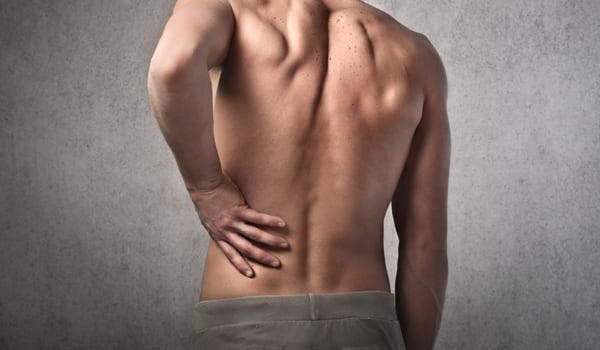Do you experience the occasional episode of low back pain? Do you sometimes feel a stiffness moving from a seated to standing position? Do you sit for more than six hours a day?
If you answered yes to any or even all of these questions, then you may have tight hip flexor muscles. These are the muscles that bring your knee to your chest and originate from your lower back. Not many people are aware that tightness in this area and can be an underlying cause of low back pain.
The culprit
The Iliopsoas muscle is the combination of three muscles in your body that converge into one muscle in the thigh. Iliacus, psoas major, and psoas minor originate in the low back and pelvis and connect to the top of the femur. The psoas major muscle begins its attachments in the lumbar spine; where it originates from the vertebrae and discs from L1-L5 before passing down to connect with the other muscles.
It’s function
Although this anatomy lesson isn’t the most riveting of things, the iliopsoas is extremely important for proper posture and movement. Iliopsoas is the strongest of the hip flexors and is needed for walking, running and standing upright. A common sign of iliopsoas involvement is pain when standing upright from a seated position. The most common cause for tightness in the iliopsoas is a sedentary lifestyle involving long periods of seated posture.
How prolonged sitting leads to back pain
Humans evolved to function more efficiently upright and moving. Unfortunately, sitting for extended periods of the day has become the norm. While seated, your thighs are at 90 degrees to your torso. This position mimics the action of the iliopsoas muscle, which is flexing (bending) the thigh. Since the muscle assumes this position without actively contracting, it picks up the slack in the muscle and tightens up.
If you are seated for more than four hours a day, the muscles become accustomed to the seated position as normal. Now, when you stand, you are stretching the muscle in a position it is not used to, causing pain. Since the muscle attaches in the lumbar spine and is stretched, pain is felt in the low back similar to a disc herniation or pulled muscle. The whole time it’s just a muscle that needs to be stretched.
Fixing the problem
Ideally, a standing workstation and at least 30 minutes of moderate exercise every day would fix the issue, but we don’t live in a perfect world, so stretching is the next best activity to get on top of this issue.
Now, for the fun part – the lunge stretch.
This can be done a few ways. A simple lunge by kneeling with one knee on the floor and stepping the other foot in front and leaning forward. You will feel a stretch at the front of the hip on the side of the leg kneeling. Holding this stretch for about 30sec will do wonders.
You also might notice one side may be tighter than the other. This often can be a result of crossing your legs when sitting throughout the day.
I recommend doing this stretch 2 times each side with 30second holds.
An alternate to getting down on the floor is using a chair to lunge. This just means stepping one foot up on the chair and lunging forward.
Try both and see which is most comfortable for you.
So 2 minutes of your day, isn’t much in the scheme of things.
Incorporate this stretch in your downtime at home. For example, when you’re counting down for dinner to be ready from the microwave, utilise that last two minutes to a stretch.
Remembering to give you’re back that little extra TLC by adding this stretch to your usual routine in the morning and at night can prolong spinal health and eliminate low back pain.

